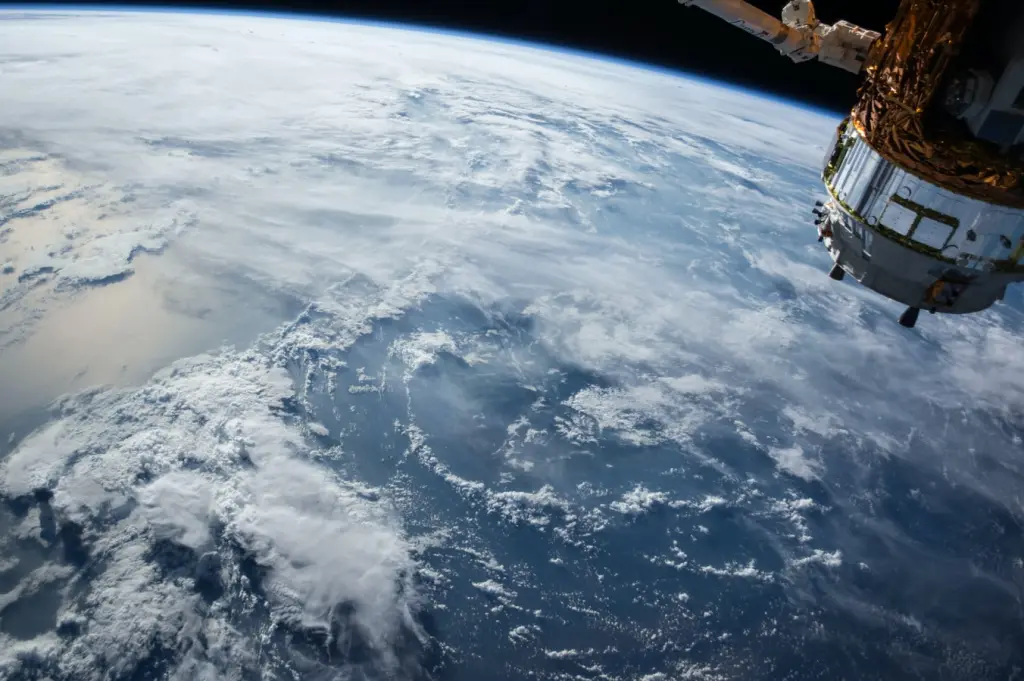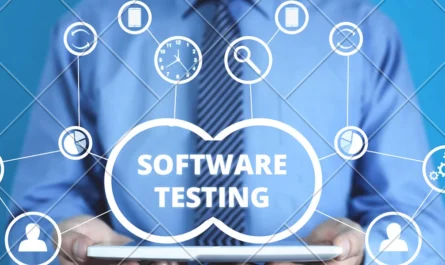In recent years, big businesses have been increasingly developing sustainability programs. They attract the attention of investors on par with the analysis of revenues and profits. In global practice, ESG (environment, social and governance) principles of doing business are no longer just a fashionable trend and already come to the fore when assessing the prospects and risks of companies. The social and environmental criteria mean the company’s work for the benefit of the environment and society.
Gorernance criterion is the implementation of ethical corporate policy of the company, i.e. absence of discrimination on all grounds, refusal to use child labor, etc. ESG factors affect not only a company’s image, but also its capitalization.
For different reasons, more and more companies are responding to the sustainability agenda. Visit eos.com to see an example how a company can cater to sustainability by offering top-notch software solutions based on geospatial data analytics. For some companies, it is a factor in investor relations, for some it is a matter of image and increasing company loyalty, while in some companies the agenda is promoted by ideologically “driven” managers. But whatever the motives in each individual case, the trend is clear: businesses are increasing their responsibility by investing in various social and environmental programs and technologies. And many large companies, in addition to financial reports on the year’s results, have long been publishing separate detailed reports on sustainable development.
Page Contents
Space Tech for Sustainability in Businesses
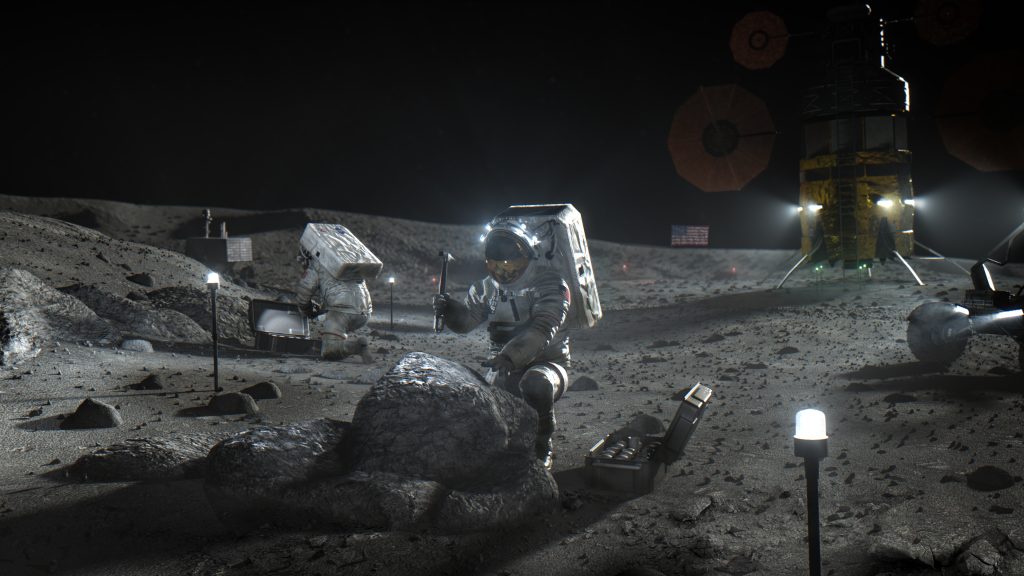
Remote sensing is a revolution that has changed people’s understanding of the Earth, its origins and climate. More so, geospatial data analysis today provides the most accurate meteorological and geolocation information, warns of impending natural disasters, helps to detect environmental disasters (fires, pollution, illegal logging, etc.), provides data for climate modeling and predictions of the effects of global warming. The main instrument for retrieving this data is satellite imagery and its further analytics with the help of AI to get necessary insights.
Space Technologies in Farming
Space tech helps support food security worldwide. With the help of geospatial data analysis in agriculture, experts can assess the condition of crops, soil characteristics, and predict the region’s food supply. It also helps farmers optimize farm activities, improve crop yields, plan crop rotation, and adapt to climate change. Modern market is overflowing with different solutions by various companies who want to make their contribution in sustainable agriculture.
One of such companies is EOS Data Analytics — a global provider of satellite imagery analytics. EOSDA offers different software that can be used in 22 industries, but its main product is EOS Crop Monitoring, which is a platform developed specifically for precision farming implementation, meaning more sustainable farmland management. With this tool, users can monitor their fields remotely, rely on precise and timely data, and make effective decisions while saving resources and increasing yields.
Space Technologies in Energy
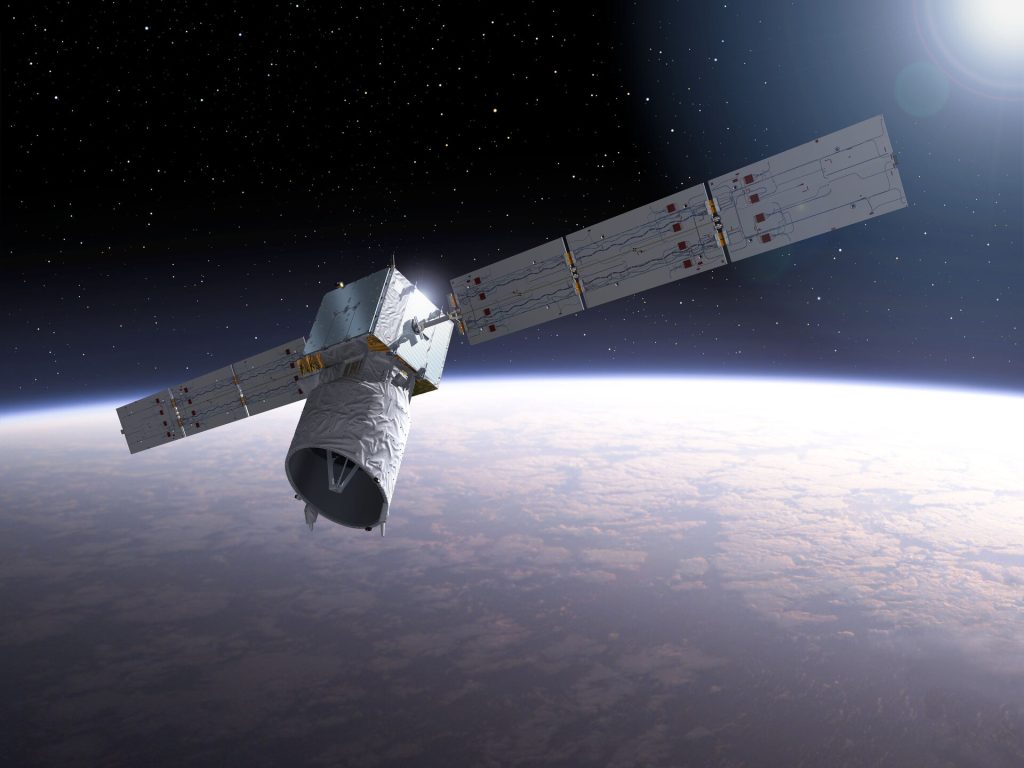
Satellite communications are not only used to diagnose the impact of energy on the environment. One of the most in-demand areas in remote sensing of the earth is geological exploration. Remote sensing makes it possible to conduct structural analysis of the studied surface to assess the depth of rock occurrence, to study the properties of minerals using spectral analysis, to predict rock occurrences, to calculate reserves, to develop maps, and to monitor the state of geological processes.
More so, satellites help utility companies implement green technologies to optimize renewable energy infrastructure. For example, using predictive models of sunlight and cloud cover they can locate solar panel installations and monitor energy use patterns to even out the load between renewable and nonrenewable energy sources.
Space Technologies in Financial Sphere
Using non-traditional and non-public data from alternative data providers gives financial investors a more complete picture of the business. Alternative data could be the number of visitors to a website, the number of people entering a mall, or even credit card transaction data.
Geolocation or satellite data is essentially the physical equivalent of online traffic. Some GPS/satellite data providers enable tracking pedestrian traffic in certain places of interest (such as shopping malls and/or stores). In contrast, others have access to satellite imagery and can track parking lot availability. Another type of GPS/satellite data is flight and delivery trackers. By tracking the movement of goods around the world, investors can get insights into the global economy.
Society is already expecting businesses to pursue non-material goals for the benefit of people and the environment, in addition to their interest in making profits. In this regard, it’s expected that more and more companies, following the businesses that have already joined the global agenda of sustainable development, will join to meet the goals outlined by the global community on the way to a sustainable future. And the growing geospatial data analytics market can be a great helping hand on this path.
Leverage the space sector more to advance sustainability and security
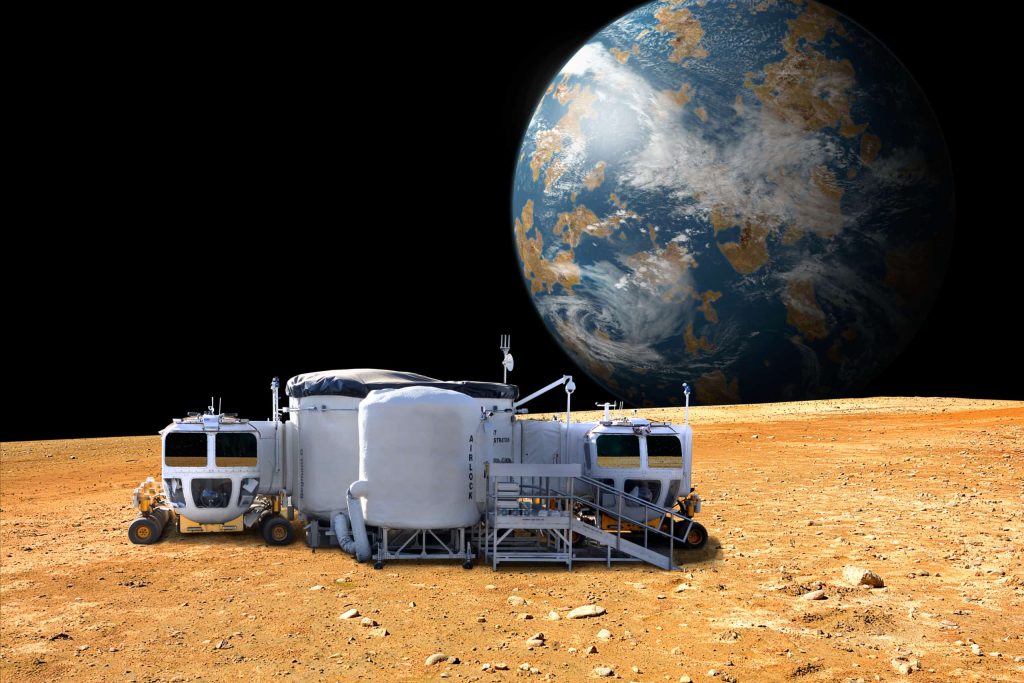
In recent months, the space sector has demonstrated its eventuality to promote global security by publishing satellite data.49 Meanwhile, private sector companies, non-profit associations, and governments worldwide are working to work satellite- grounded shadowing to ameliorate translucency on emigrations. Some leaders suppose that the transnational community can further embrace space-grounded data to accelerate high-precedence sustainability and security agendas. However, experts believe the sector can achieve its complete eventuality as a force for good If the transnational community decides to borrow and accelerate space technologies similar to Earth observation for lesser translucency and responsibility. A tone-sufficient space frugality will be of little value if it doesn’t help to sustain life on Earth. Indeed as the space sector plays its part in advancing broader sustainability objects, it should aim to set a good illustration by committing to employing sustainable practices at the onset and embracing responsibility and translucency around sustainable business practices.
For illustration, satellite operations could be given sustainability conditions grounded on their-orbit plans and onboard propulsion to enable collision avoidance pushes.50 The assiduity could apply transnational sustainability indicator criteria to operations both pre- and post-launch to drive responsibly and support objective decision-making on whether a charge should do. These global criteria could be stoked by sustainability conditions, for illustration, for launch emigrations and cargo ridesharing. In short, the space sector could show its commitment to a sustainable future by moving decisively toward net-zero emigrations and net-zero debris generation en route. Given the adding donation of private capital, the space sector’s investor base may be particularly well- deposited to help establish high prospects for sustainable practices. Space companies will conform their conduct toward attracting investment. However, also space companies will probably borrow sustainable actions as a core element of their business model If investors put their plutocrat behind sustainable operations.
